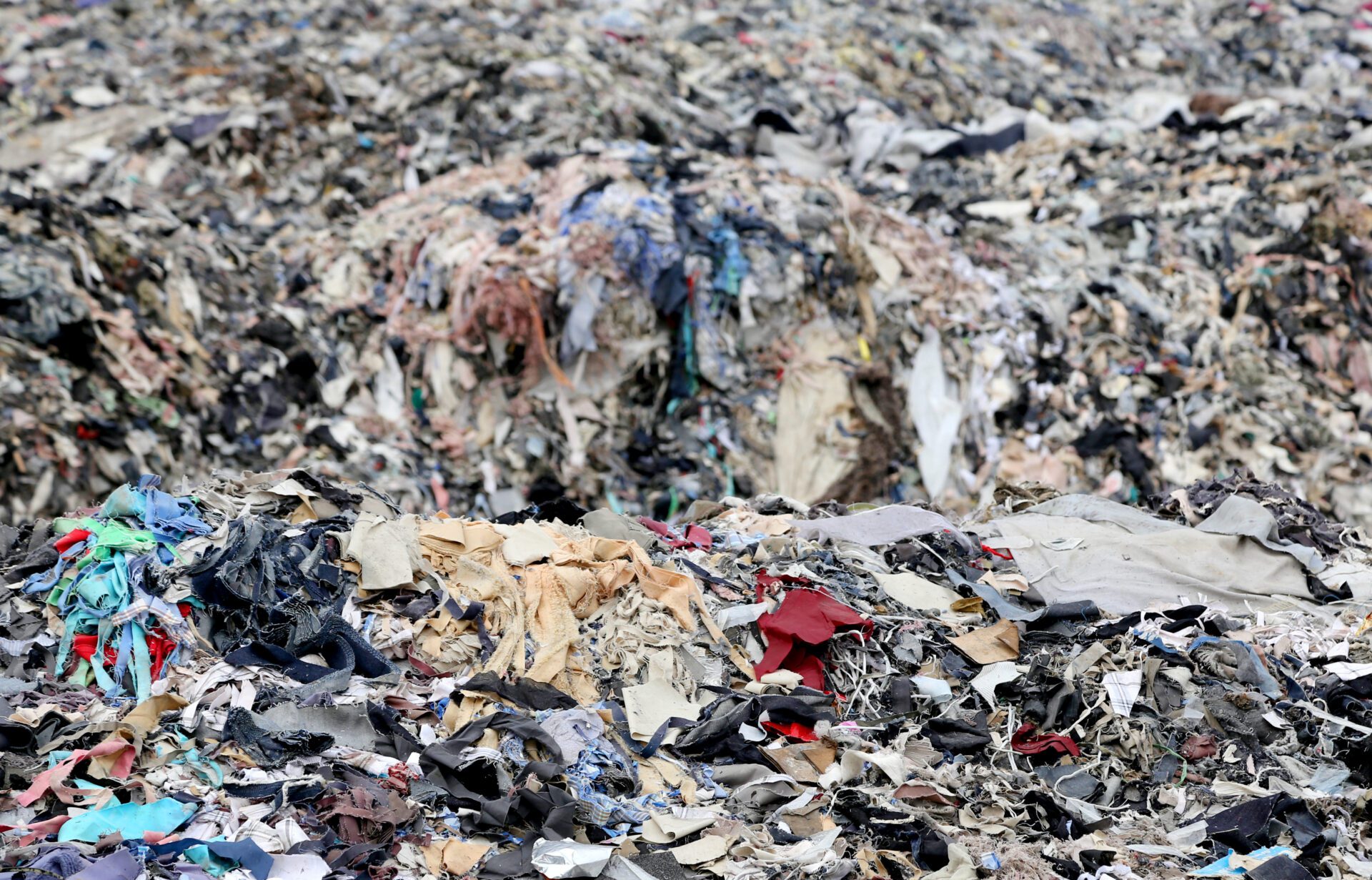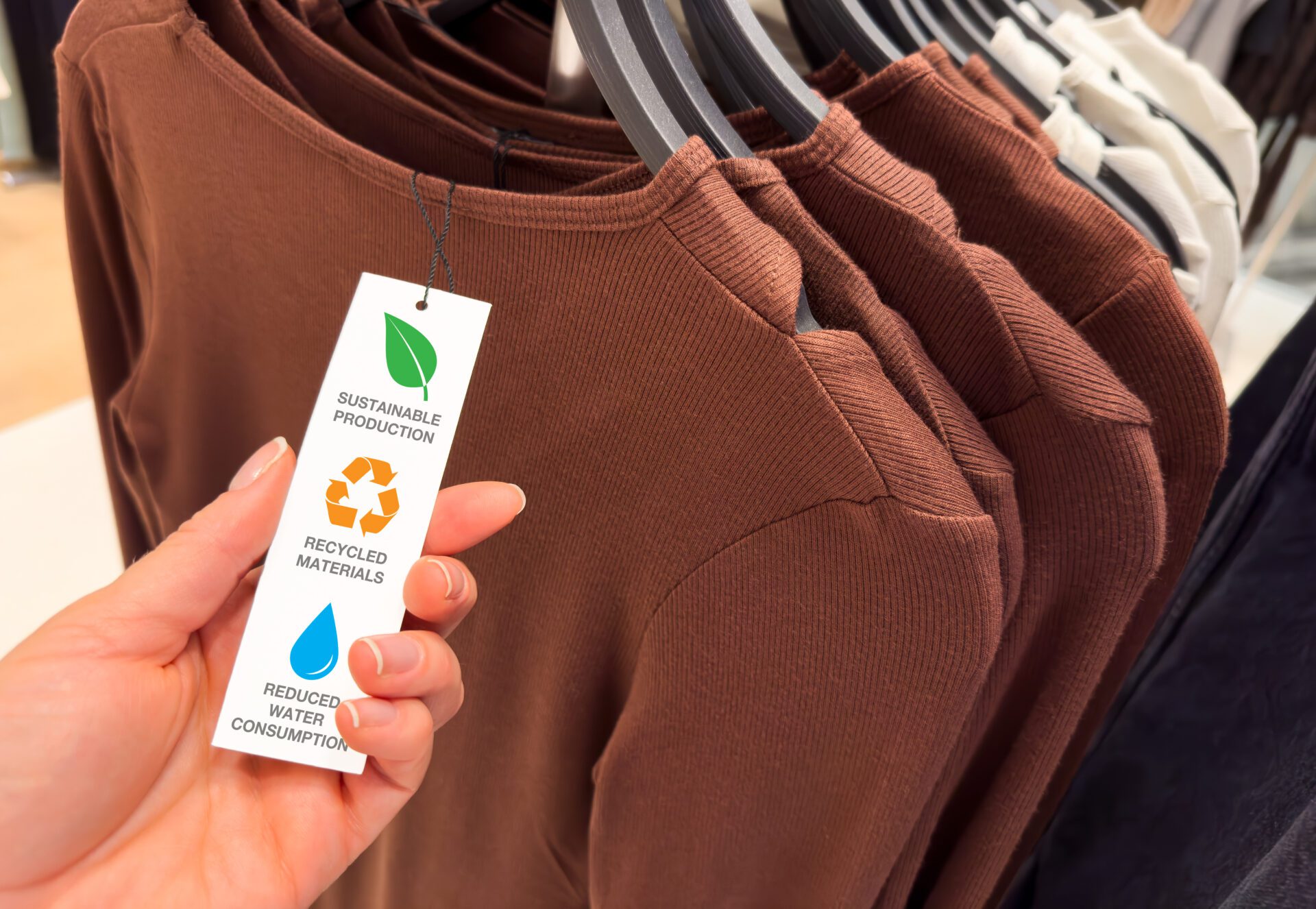In 2025, sustainability isn’t an afterthought—it’s the future of fashion.
The era of fast fashion’s reckless churn is fading, and in its place, a new standard is emerging: intentional, enduring, and sustainable design. Earth Day is more than a reminder of our planet’s fragility—it’s a call to action for brands, designers, and consumers alike to rethink the way we create and consume fashion.
At Designable Fashion, we don’t believe in fleeting trends that end up in landfills. We believe in forward-thinking, responsible design that makes an impact—without compromising on style, innovation, or integrity. This Earth Day, we’re diving deep into how the industry is shifting and how designers can lead the way in creating sustainable looks that truly last.
The Problem: The Industry’s Waste Crisis

Fashion is one of the most wasteful industries on the planet.
🔸 Over 92 million tons of textile waste are generated annually.
🔸 The industry is responsible for 10% of global carbon emissions—more than all international flights and maritime shipping combined.
🔸 Nearly 85% of all clothing ends up in landfills or incinerators.
Sustainability isn’t just a buzzword—it’s a necessity. The challenge? Creating fashion that lasts—both in style and substance—without sacrificing creativity or commercial viability.
The Shift: A New Standard for Fashion
The future belongs to brands that embrace circular design, innovative textiles, and mindful consumption. And the shift is already happening:
✅ Luxury houses are pivoting to regenerative materials and carbon-neutral production.
✅ Major retailers are investing in rental, resale, and take-back programs.
✅ Innovators are disrupting the game with biodegradable textiles and digital fashion solutions.
But real change isn’t about waiting for the big names to catch up. It’s about designers leading the charge.
How to Design Sustainable Fashion That Lasts
1. Prioritize Timeless Design Over Micro-Trends
Fast fashion thrives on disposable trends—but lasting style transcends seasons. The most sustainable garment is the one that remains relevant year after year.
🔹 Invest in timeless silhouettes: Designs should be versatile, adaptable, and wearable beyond a single season.
🔹 Focus on craftsmanship: Well-constructed garments outlast their fast-fashion counterparts in both durability and desirability.
🔹 Encourage mindful consumerism: Shift the narrative from excess to curated, intentional wardrobes.
2. Choose Materials That Go the Distance
The lifespan of a garment starts with its materials. Sustainable fashion doesn’t just mean “organic cotton”—it means thinking holistically about fabric impact, durability, and end-of-life potential.
🟢 Game-changing fabrics to watch:
✔ Regenerative wool & organic hemp – Durable, biodegradable, and low-impact.
✔ TENCEL™ & bamboo fibers – Silky, breathable, and sourced from renewable wood pulp.
✔ Deadstock fabrics – Giving discarded luxury materials a second life.
✔ Lab-grown leather & plant-based alternatives – Vegan options without plastic-heavy synthetics.
Pro Tip: Ditch cheap blends. Mixed fiber garments (like polyester-cotton blends) are nearly impossible to recycle, making them a waste nightmare.
3. Rethink Production: From Waste to Worth

A polluted river with brightly colored chemical runoff flowing from nearby factories, turning the water unnatural shades and creating dead zones for aquatic life
Sustainable fashion isn’t just about materials—it’s about how garments are made. Reducing waste in the production process is just as crucial as what goes into the final product.
🔹 Adopt zero-waste pattern-making. Designers like Daniel Silverstein and Marine Serre are leading the charge in cutting patterns that leave no fabric waste.
🔹 Use 3D design technology. Virtual sampling eliminates physical waste, shortens lead times, and reduces production costs.
🔹 Upcycle and repurpose. The most sustainable fabric is the one that already exists—design with repurposed materials for a circular approach to fashion.
4. Build for Circularity: The Future of Fashion
Linear fashion is dead. The brands that will define the future are those that design with circularity in mind.
♻ What does circular fashion mean?
✔ Designing pieces that can be repaired, repurposed, or recycled.
✔ Creating modular designs that adapt to changing styles or needs.
✔ Partnering with resale platforms to extend garment lifespans.
5. Innovate with Digital Fashion & On-Demand Production
Fashion’s next frontier? A digital-first approach.
🌱 Digital fashion is a sustainability game-changer. Virtual clothing and augmented reality styling tools cut down physical waste, production costs, and overconsumption.
✅ 3D prototyping means fewer physical samples.
✅ On-demand production eliminates deadstock and overproduction.
✅ NFTs & digital wearables redefine luxury without material waste.
Brands that integrate tech-driven sustainability into their business models will lead the next wave of conscious fashion.
The Consumer Shift: How to Encourage Sustainable Shopping

Brands alone can’t shift the industry—consumers need to rethink how they buy. Educating shoppers on quality over quantity is key.
💡 How to encourage mindful purchasing:
✔ Highlight longevity. Reinforce the idea that well-made fashion is an investment.
✔ Promote repair & care. Teach customers how to maintain their clothing properly.
✔ Offer resale or trade-in programs. Encourage circularity by giving garments a second (or third) life.
Final Thoughts: The Future of Fashion is Sustainable
Sustainability isn’t just a trend—it’s the new standard.
As designers, brands, and innovators, we have the power to redefine fashion’s impact. The future of style isn’t built on excess and disposability—it’s built on innovation, craftsmanship, and intentionality.
This Earth Day, we challenge the industry to step up.
To design differently.
To create fashion that lasts.
To build a future where style doesn’t come at the cost of the planet.
At Designable Fashion we know in these times it isn’t just about looking good—it’s about doing good. Are you in?
